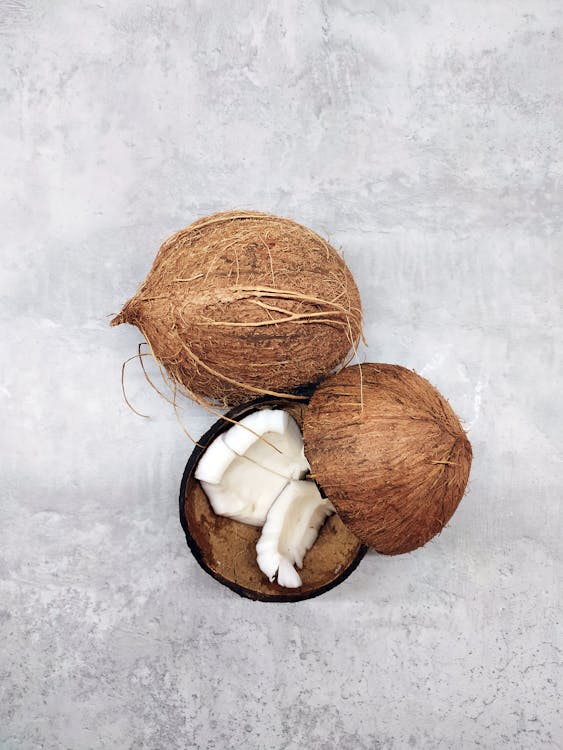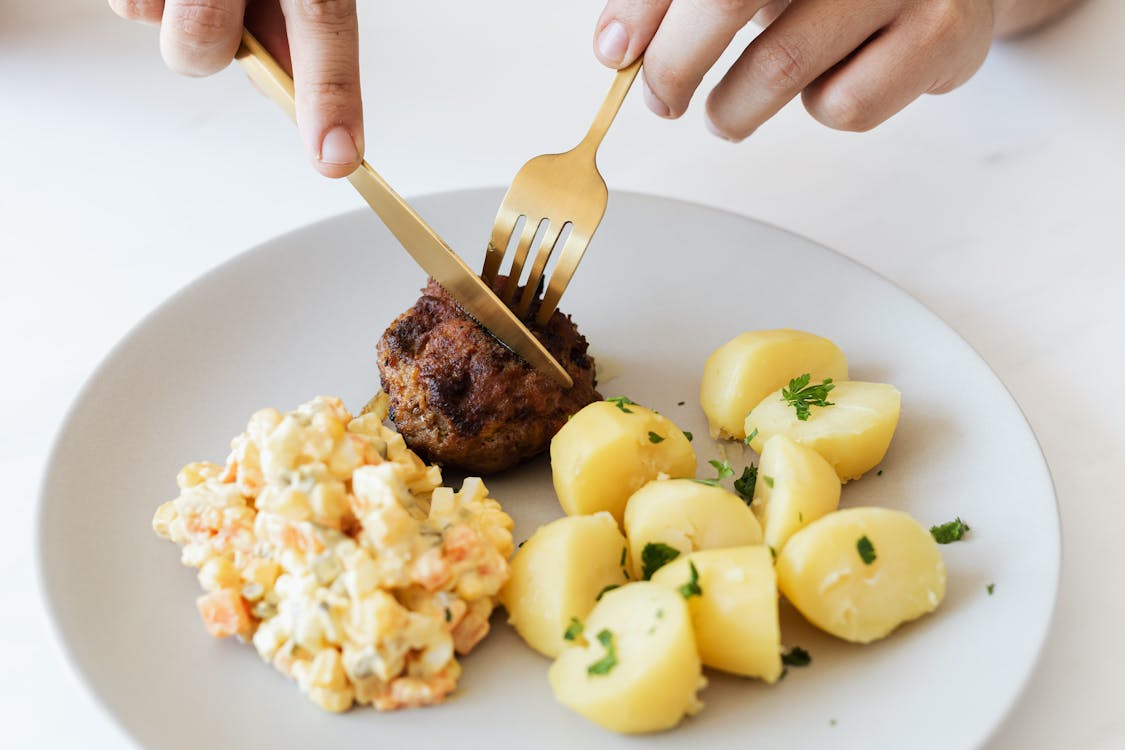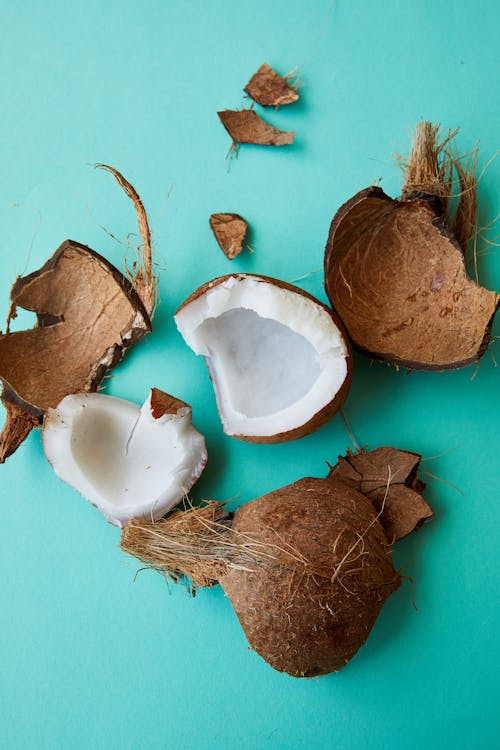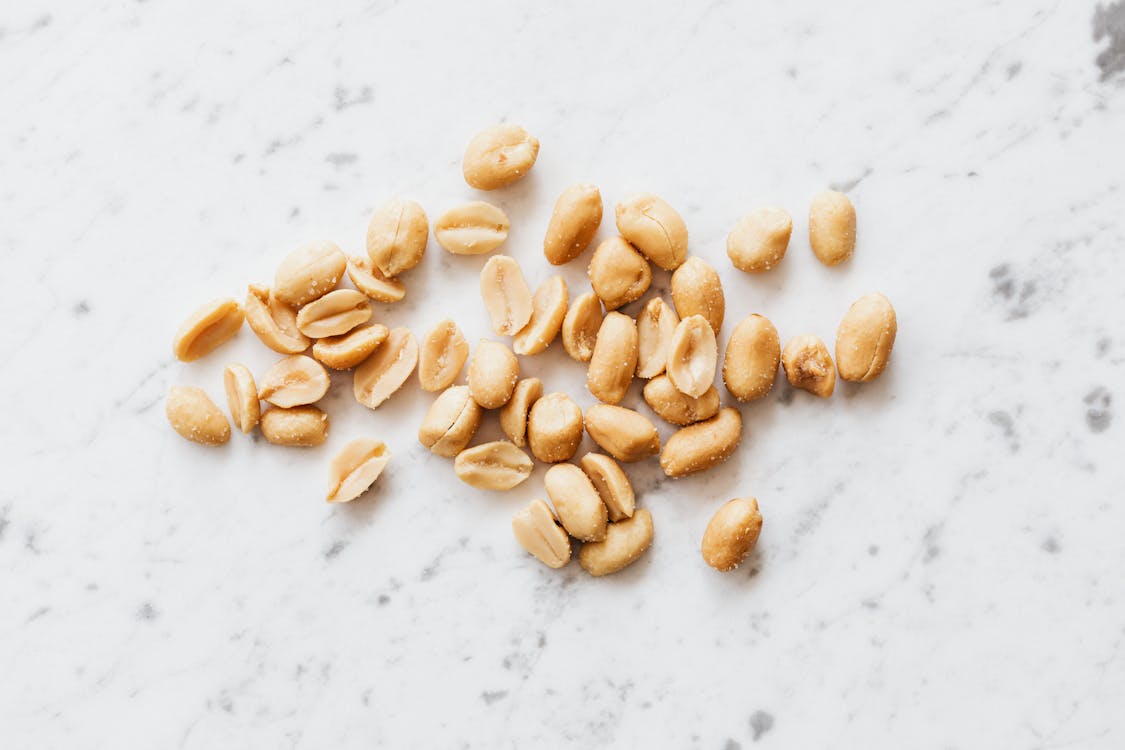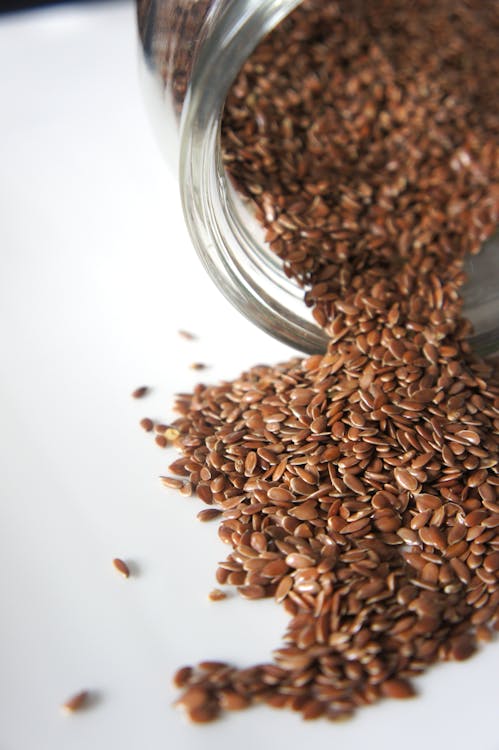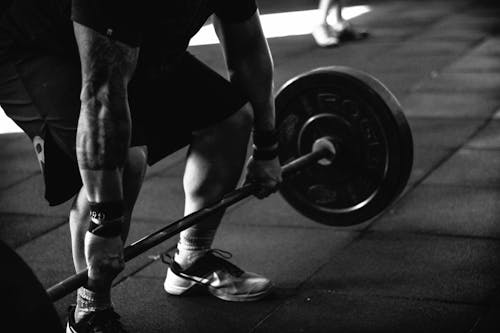Best Plant Based Protein For Building Muscle
This article discusses the best plant based protein for building muscle. Over the years, bodybuilders have gorged on large amounts of animal protein to build muscle. Over the years, researchers have studied the effects of animal meat on humans. More and more evidence is emerging about the harmful effects.
Meantime, the argument continues as to whether or not animal protein is better than plant based sources for building muscle. A plethora of plant based bodybuilding organizations have also sprung up worldwide. Promoting plant based bodybuilding, their members are thriving and winning competitions.
What are proteins?
Proteins are large molecules made up of smaller units called amino acids. They are found in animal and plant foods. They function in the body in various ways:
- function in body maintenance
- repair and replace worn out or damaged tissues
- forming the structure of body cells and tissues.
- forming the large proportion of muscles and organs.
- they are an essential constituent of certain hormones.
- they are needed for growth and development of the body.
- provide and produce enzymes which are needed for all kinds of body reactions.
American Heart Association study shows that mono-unsaturated fats from plants may reduce risk of death from heart disease and other causes
A preliminary research report from the American Heart Association screamed, "Mono-unsaturated fats from plants, not animals may reduce risk of death from heart disease and other causes." According to the report, diets rich in mono-unsaturated fatty acids from plants were associated with a lower risk of dying from heart disease or other causes.
In comparison, diets rich in mono-unsaturated fats from animals were linked to a higher risk of death from heart disease or other causes.
Sources of mono-unsaturated fats from plants include
avocadoes
olive oil
other vegetable oils
many nuts and seeds
Sources of mono-unsaturated fats from animals include
eggs
fish
red meats
poultry
full-fat dairy products
The researchers conducted the study based on on a review of data from 84, 084 participants who were followed up over 22 year in two large studies. These were the Nurses' Health Study and the Health Professionals Follow-Up Study. The purpose of these studies was to assess the composition of the participants' diets. Both studies used detailed food-frequency questionnaires which were administered every four years.
The researchers found that:
Participants with a higher intake of mono-unsaturated fatty acids from plants had a 16 percent lower risk of death from any cause compared to those with lower intakes.
Participants with a higher intake of mono-unsaturated fatty acids from animals had a 21 percent higher risk of death from any cause.
Marta Guasch-Ferré, Ph.D., one of the lead researchers concluded that:
"Our results emphasize the importance of the source and quantity of mono-unsaturated fatty acids in the diet...we should eat more mono-unsaturated fatty acids from plant sources and less mono-unsaturated fatty acids from animal sources."
Semi-veggie diet effectively lowers heart disease, stroke risk according to the American Heart Association, 2015)
A study was conducted on almost half a million people from 10 European countries. They were part of a mammoth European Prospective Investigation into Cancer and Nutrition (EPIC) which commenced in 1992. Participants were aged between 35 to 70 years at the start and were free of chronic diseases.
Researchers collected the following information
height and weight
lifestyle and physical activity habits
food consumption by a self-reported food frequency questionnaires
Causes and dates of death were obtained from record linkages with boards of health, and active follow-up of participants.
How participants were scored
1. Researchers scored participants based on the types of foods they ate.
2. Points were added for their intake of vegetables, fruit, beans, cereals, potatoes, nuts, and olive oil.
3. Points were subtracted for five animal food groups: meats, animal fats, eggs, fish, and other seafood or dairy products.
4. Participants were categorized from the least pro-vegetarian to the most, depending on their scores.
5. Researchers then analyzed the relationship between participants' eating habits and death risks from heart disease and stroke.
Results
The researchers found that a pro-vegetarian diet with a higher proportion of plant-based foods may help lower the risks of dying from heart disease and stroke by up to 20 percent. Researchers suggest that substituting some of the meat in your diet with vegetables may be a simple way to lower the risk of heart-related death.
Recommendations
Researcher Lassale recommended a gradual reduction of animal based foods in the diet:
"Instead of drastic avoidance of animal-based foods, substituting some of the meat in your diet with plant-based sources may be a very simple, useful way to lower cardiovascular mortality," said . These findings are in line with the wealth of evidence on benefits of eating plant foods to prevent cardiovascular diseases.
In addition, The American Heart Association recommends a heart-healthy diet. A heart healthy diet is pro-vegetarian and is high in:
huts
beans
fruits
legumes
vegetables
whole grains
While we support full vegetarian, the American Heart Association heart healthy diet also includes low-fat dairy, skinless poultry, and fish. The recommendation also includes foods low in saturated, trans fats and sodium, and limiting added sugars and red meats.
University of Lincoln 2019 research on the effects of plant vs animal protein on muscle building
An interesting study published by the University of Lincoln discovered that milk based protein shakes may not be the answer for post-gym muscle pain.Sports scientists found that shakes made from whey-protein (from the liquid part of milk) and a milk-based formulas did not enhance the rate of muscle recovery following resistance training.
The study divided 30 male participants into three groups. Each of these had at least a year's resistance training experience. Each group consuming one of the following drinks following a prescribed intensive resistance training session:
- whey hydrolysate based drink
- milk based drink
- flavoured dextrose (carbohydrate) drink
The researchers tested the bodybuilders 24 to 48 hours after the resistance training session. Participants were asked to rate their levels of muscle soreness on a visual scale. The scale ranged from 'no muscle soreness' (0) to muscle soreness as bad as it could be' (200). Participants also completed a series of strength and power assessments to test their muscle function.
Results showed a significant rise in the levels of muscle soreness across the three groups 24 hours and 48 hours after the initial resistance training session. Soreness ratings for all groups rose to over 90. This was significantly higher than the baseline muscle soreness ratings, which ranged from 19-26.
Results also showed reductions in muscle power and function. The findings suggest there was no difference in recovery response between the different formulas and no additional benefit of protein consumption on muscle recovery.
In conclusion, Dr Thomas Gee, Lead author and researcher said:
"While proteins and carbohydrates are essential for the effective repair of muscle fibres following intensive strength training, our research suggests that varying the form of protein immediately following training does not strongly influence the recovery response or reduce muscle pain."
I must comment that one limitation of the study is that a plant based protein drink was not included. For example, there are plants which reduce inflammation - coconut, turmeric, moringa, mangosteen, cactus and others
Protein content of plant based foods
The table below shows that brocolli and sweet corn have the highest percentage of protein.

RESOURCES
American Heart Association. (2018, March 21). Mono-unsaturated fats from plants, not animals may reduce risk of death from heart disease and other causes. ScienceDaily. Retrieved November 23, 2019 from www.sciencedaily.com/releases/2018/03/180321162252.htm
American Heart Association. (2015, March 5). Semi-veggie diet effectively lowers heart disease, stroke risk. ScienceDaily. Retrieved November 23, 2019 from www.sciencedaily.com/releases/2015/03/150305110433.htm
Harvard T.H. Chan School of Public Health. (2019, April 9). Substituting healthy plant proteins for red meat lowers risk for heart disease. ScienceDaily. Retrieved November 21, 2019 from www.sciencedaily.com/releases/2019/04/190409141808.htm
Loma Linda University Adventist Health Sciences Center. (2018, April 3). Meat protein is unhealthy, but protein from nuts and seeds is heart smart: Study reports major comparison of animal, plant proteins. ScienceDaily. Retrieved November 21, 2019 from www.sciencedaily.com/releases/2018/04/180403111106.htm
University of Lincoln. (2019, September 3). Protein shakes may not be the answer for post-gym muscle pain. ScienceDaily. Retrieved November 23, 2019 from www.sciencedaily.com/releases/2019/09/190903101507.htm

